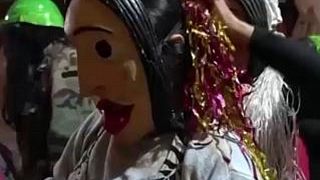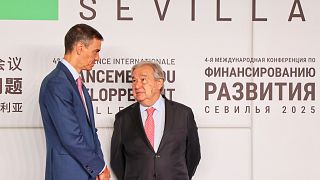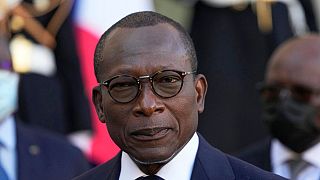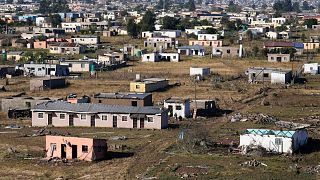Benin
In a 2018 joint press conference with Beninese President Patrice Talon, French president Emmanuel Macron renewed his commitment to the return to African countries of works of art looted by France.
Since then, Benin has claimed the return of its works, many of which should have been repatriated by the end of the year.
But the Beninese authorities have instead decided to exhibit them at the end of October at the Quai Branly Museum in Paris, then in January 2022 at the Iena Palace.
This is a decision that Marie Cécile Zinsou, art historian and president of the Zinsou Foundation questions.
It is difficult to explain and to understand why the government of Benin thinks that exhibiting in Paris makes more sense than exhibiting in Ouidah, where the building of the National Museum has been entirely restored to accommodate these works, precisely since the process was launched. Today for us, it is a surprise and a misunderstanding. The government seems to want to say that it is a tourist operation and what we are trying to point out is that we have been waiting 129 years for these works in Benin and that we would like to be able to see them now in our country, and that perhaps they have been sufficiently restored in France and that it is perhaps not worth waiting another four months.
Last March, a French delegation, led by the director of the Quai Branly Museum in Paris, visited the town of Ouidah, in southern Benin. This was an opportunity to visit the restoration of the old Portuguese fort that will house the works of art. The building usually houses the city's History Museum. Inside, dozens of workers worked from morning to night to put it in great shape before the opening, scheduled for the end of the year.
Part of the museum's collection was relocated to the House of Brazil while waiting for the completion of the renovation.
"Benin has restored the museum in Ouidah and by doing things well and in a rather short time, shows that we can welcome the works in the right conditions, as was planned" says Marie Cécile Zinsou
For Marie-Cécile Zinsou, it is important that African youth finally have access to their heritage, their culture and therefore their history. She explains further:
The first exhibition outside the walls of the Quai-Branly took place in Cotonou. It was the exhibition on King Behanzin. 275,000 people came to see it in three months. I think the numbers speak for themselves. This is perhaps the best answer to people who think that heritage is not interesting.
For all parents who are raising children. There's a desire to know their history and understand their culture. I believe that this is a universal feeling. Benin is no exception to this and perhaps in some African countries, it is not yet visible because there may be other emergencies and other interests. But as soon as we give people the possibility to appropriate their culture, they do it. It is obvious today in Africa













02:18
New York research centre celebrates 100 years of documenting Black culture
01:33
Namibia: how did the Herero and Nama genocide happen?
02:20
"Autophagies": so much more than a culinary performance
00:42
UN releases Palace Museum centennial stamps
02:18
Casablanca Memory Museum celebrates city’s history
04:11
Nigeria’s museum to oversee return of Benin bronzes